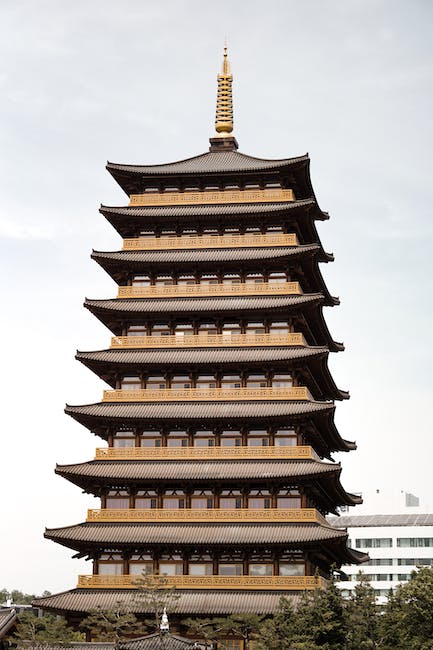Exploring the Cultural Gems of Gyeongju: Unveiling Korea’s Ancient Kingdom

Gyeongju, South Korea’s southeastern corner city, is an archaeological gem, offering visitors an insight into its past. Popularly dubbed as “a museum without walls”, this town once served as capital of Silla Kingdom for nearly 1,000 years before falling into decline over time. Today it remains as an evidence of Korea’s ancient past with historical sites, artifacts, and landmarks sure to mesmerize any visitor.
As soon as you step foot in Gyeongju, you are transported back in time. Its cityscape is scattered with royal tombs, ancient temples and palaces that echo the grandeur of the Silla dynasty – including Cheomseongdae Observatory which dates back to 7th century. It stands tall against lush green fields as one of East Asia’s oldest surviving observatories; making this attraction must-visit spot for history buffs and astronomy enthusiasts alike.
Cheomseongdae’s neighboring museum, Gyeongju National Museum, boasts an expansive collection of Silla period artifacts. Here, visitors can admire intricate gold crowns, jade accessories and pottery once used by Silla royalty – you may also spot Emille Bell – also known as Divine Bell of King Seongdeok– a massive bronze bell with an audible sound heard miles away! Gyeongju offers fascinating insight into the artistry and craftsmanship of its people- making it an indispensable stop-offpoint for art and history enthusiasts.
Gyeongju isn’t complete without experiencing the Bulguksa Temple, a UNESCO World Heritage Site. Built during the Silla period and famed for its intricate stone carvings, pagodas, and stairways soaring into heaven – Bulguksa also holds several national treasures such as Dabotap and Seokgatap stone pagodas which add spiritual value. Don’t miss it on your trip to Gyeongju!
As soon as you’ve explored Bulguksa Temple, take a leisurely hike uphill towards Seokguram Grotto – another UNESCO World Heritage site! This artificial grotto houses an enormous statue of Buddha gazing out towards the sea; with intricate carvings and its peaceful atmosphere providing a haven of relaxation for anyone in search of solace.
As the sun begins to set, head over to Anapji Pond – an exquisite royal garden once part of the palace complex – for stunning night-time views when lights reflect off of its surface and create a mesmerizing spectacle. With beautiful pavilions and lotus-filled pond, Anapji offers breathtaking vistas.
Gyeongju is more than just ancient relics and historical sites; it also provides a taste of traditional Korean culture. From sampling delicacies such as Hwangnam bread and Chalboribbang to taking part in traditional tea ceremonies, you’ll have ample opportunities to immerse yourself in its culture.
Gyeongju is a city that expertly blends old with new, offering visitors the chance to explore ancient kings’ footsteps, admire the artistic talents of Silla people, and immerse yourself in traditional Korean culture. If traveling through South Korea is on your itinerary, include Gyeongju in your schedule – it will take you back in time and won’t let you down!


